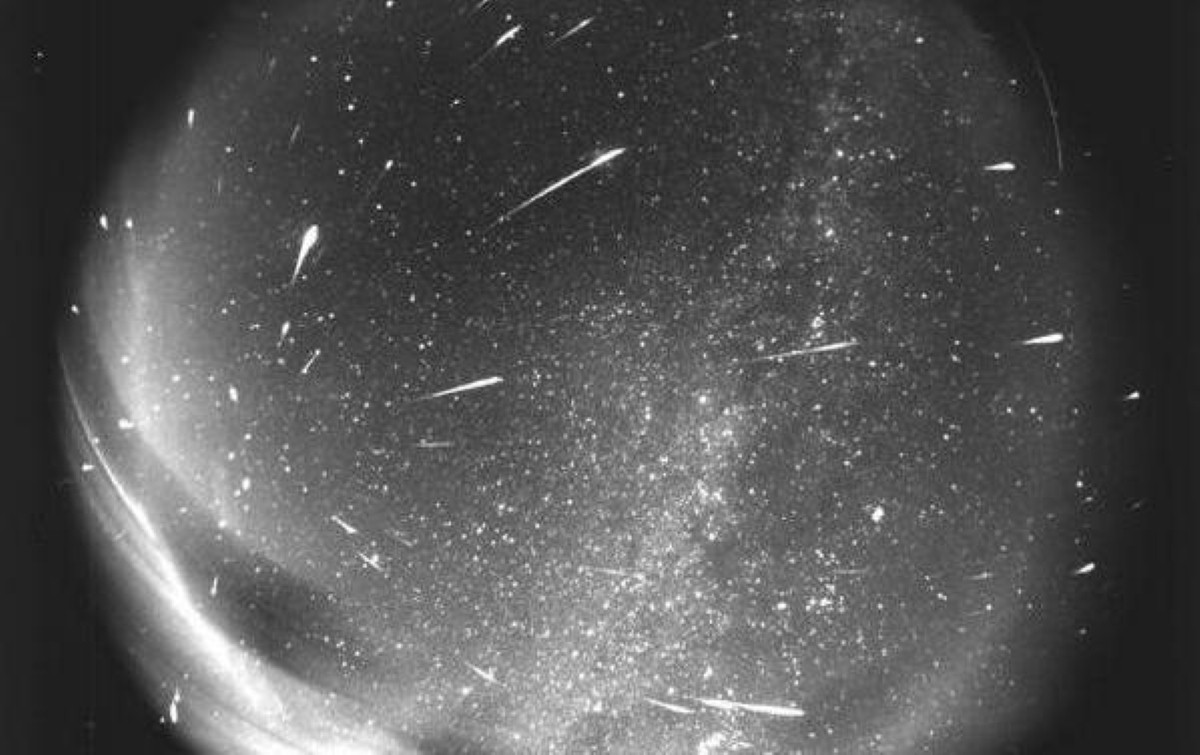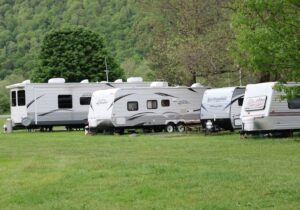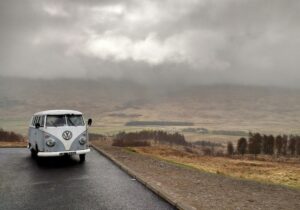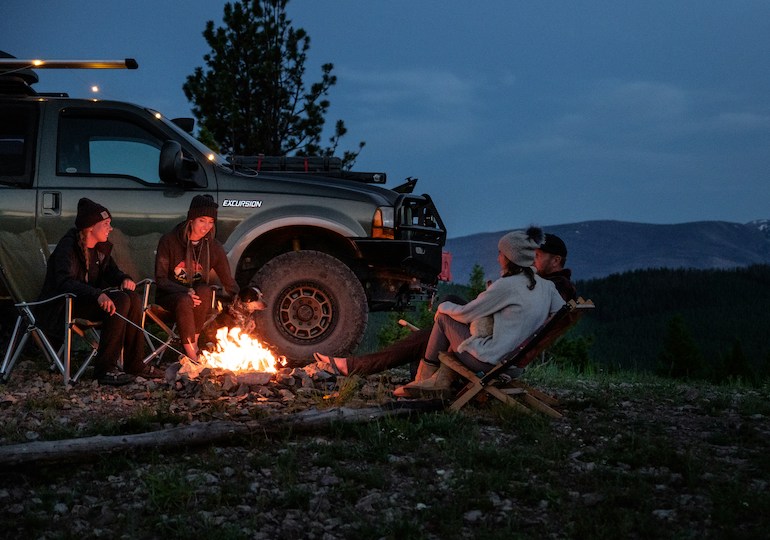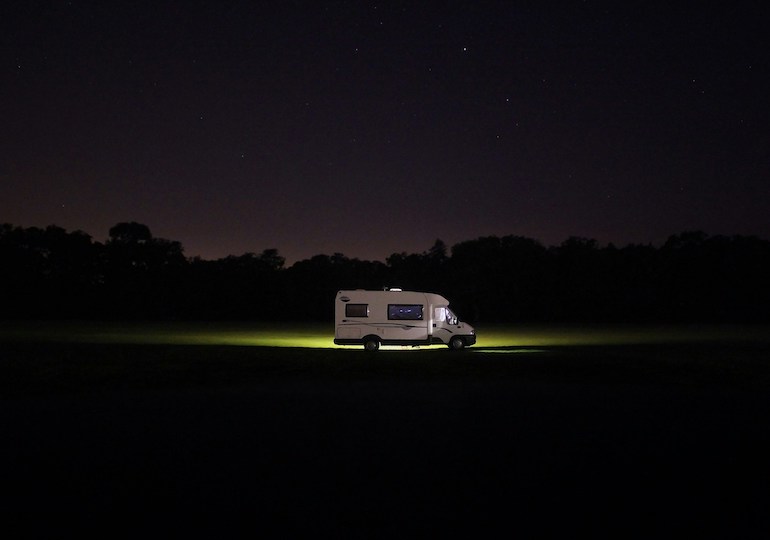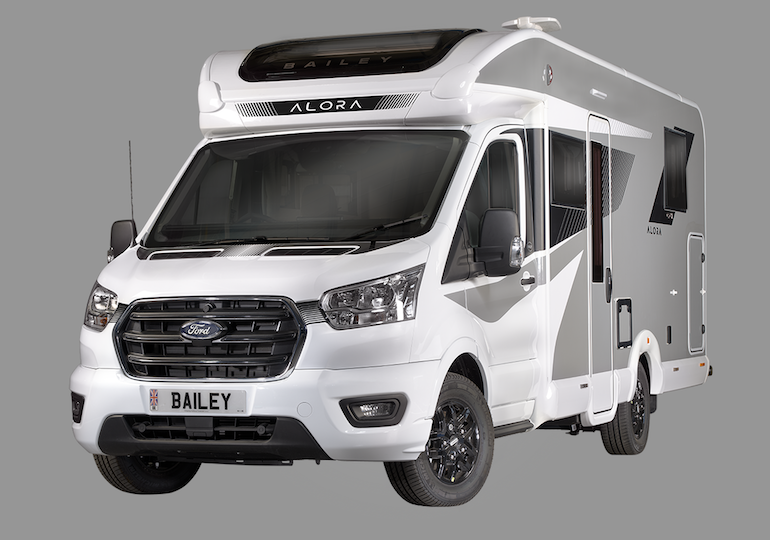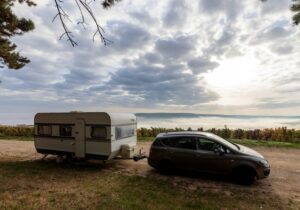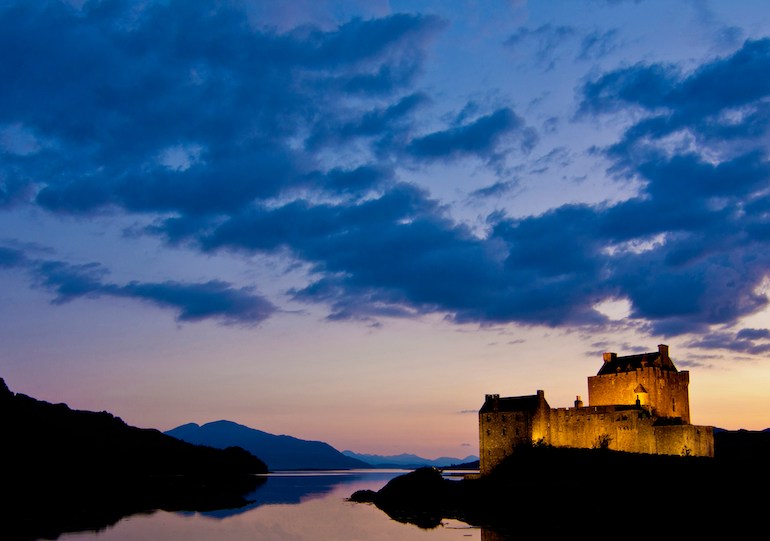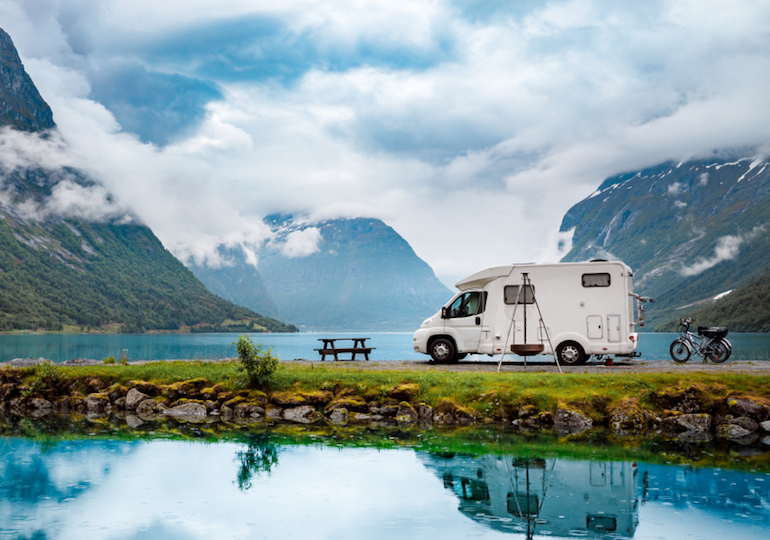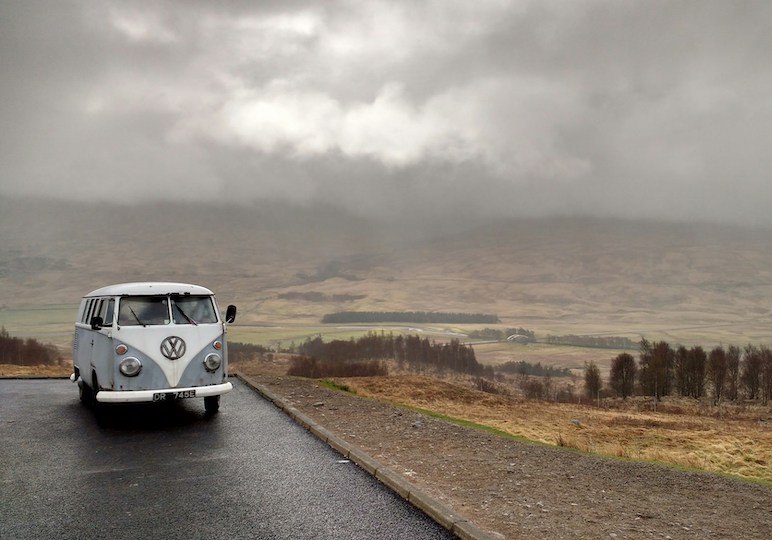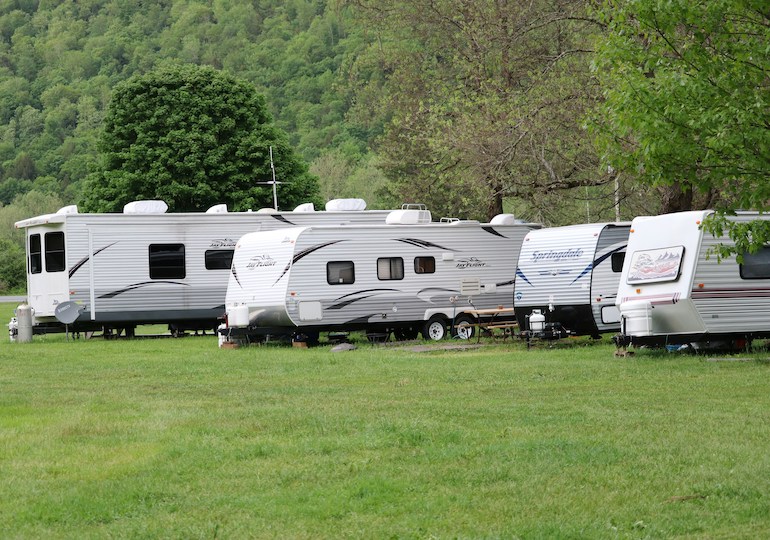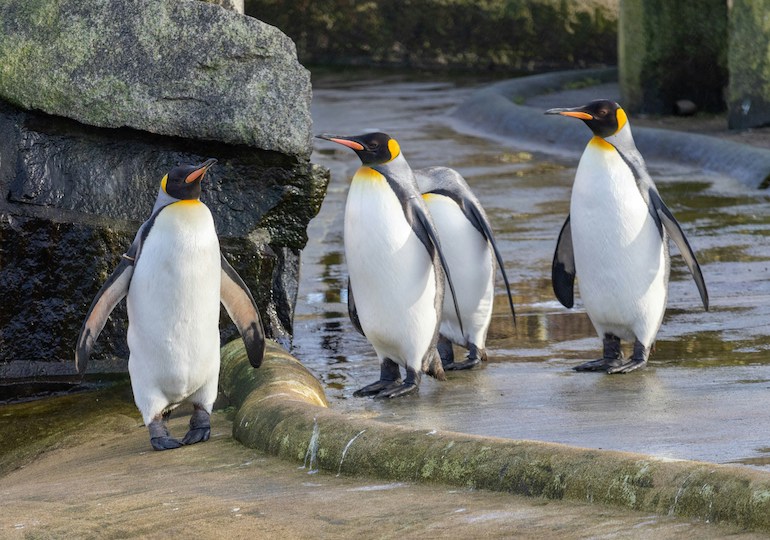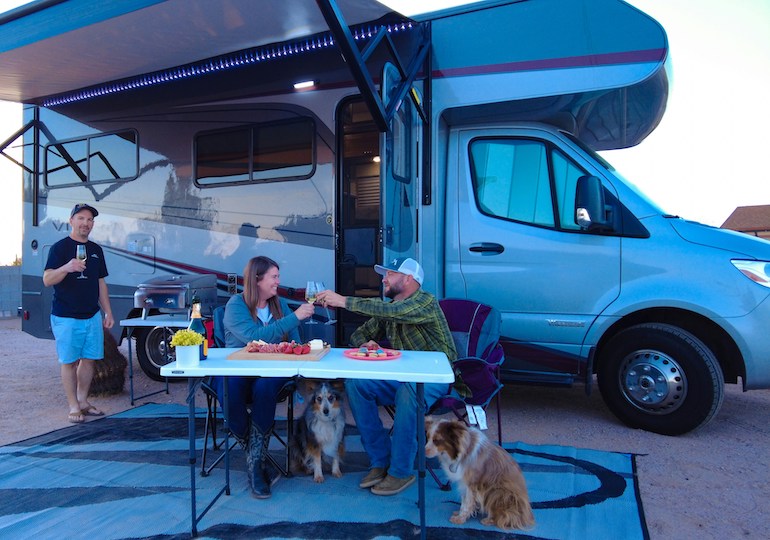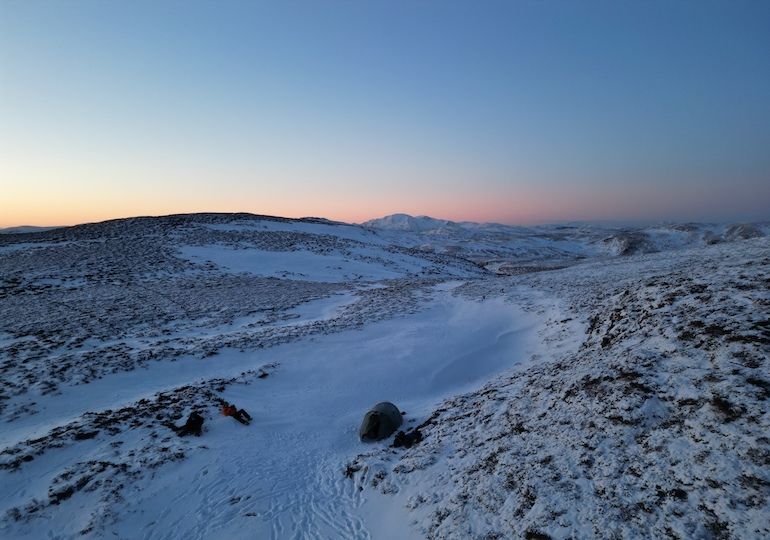Don’t miss out on a great caravanning trip with 600 year-old meteors
It is that time of the year again! No, we’re not talking about Christmas, although it is approaching at an unbelievably fast rate. We’re talking about something else that’s coming up really fast, at the rate of 45 miles per second, which is quite impressive considering that it’s around 600 years old. We’re talking about the spectacular Leonids meteor shower, which is set to peak this weekend. And with the right conditions and a little bit of patience, you can catch this spectacular celestial display from the comfort of your caravan. You don’t even need a telescope, just a cup of hot chocolate and perhaps a blanket. Sounds like the perfect weekend for caravanning, doesn’t it?
What are the Leonids?
For those who aren’t in the know, the Leonids meteor shower is an annual occurrence, originating from the rather delightful sounding Comet Tempel-Tuttle. Meteor showers occur when comets come fairly close to the Earth (and no, the world won’t come to an end), and our planet is engulfed in the comet’s dust cloud. Since these clouds are composed mainly of dust particles, bits of the comet itself that have broken off and space debris, they create a spectacular display upon coming into contact with the Earth’s atmosphere and burning through it. During peak hours, up to 15 meteors per hour are visible if you’re looking up at the sky in Britain.
Where should I look?
Where should you look? Near the constellation of Leo, for which the meteor shower is named, despite it not originating from there. Although the meteors are most radiant near Leo, they will appear in all parts of the sky so you don’t necessarily have to know your way around the various stars and constellations. However, if your brain is itching to know where to look, use the Big Dipper as your anchor and work your way to Leo from there. The two pointer stars, which are on the far side of the little bowl shape you can trace in the Big Dipper constellation, are the key to finding Leo. If you follow the pointer stars and look to their south, there’s your big cat.
Now that you can call yourself an expert on the Leonids meteor shower, let’s get to the fun bit: caravanning! Why camp out in a park that’s bang in the middle of the city and lower your chances of catching a glimpse of meteors when you can hop into your caravan and drive away to a surefire, magical display of lights?
When and where can I see them?
The meteors are due to peak around 10 pm GMT on 17 November, however they should be visible any time from 16-20 November. The moon will wane to a crescent shape, so it’s looking pretty good for now. But where should you go? Even though the Leonids have a reputation for being unusually bright, you should find areas with low levels of light pollution to get the best that the night sky can offer.

In the UK, areas with low levels of light pollution include North York, mid-Wales, the Lake District, north Norfolk, Cornwall, the Isle of Man, and around Sussex. Don’t know any campsites to go to? Never fear, CaravanTimes are here! We recommend the following parks and campsites for the best view of the Leonids:
The Lake District
Grizedale Forest Park and the area around Derwentwater offer great views of the night sky, and the Lake District in general has extremely low levels of light pollution.
The Isle of Skye
Skye has some of the darkest campsites in Europe, with Waternish peninsula in particular touted as one of the best areas for stargazing. The Camping and Caravanning Club has a great campsite on Skye as well, so be sure to check it out if you plan to make a visit.

North York Moors
This area not only has amazing views of the night sky, but has quite a few historic towns for fun activities during the day. Scarborough, Dalby Forest and Helmsley would be your best bets if you want to catch the Leonids in their full glory.
Southern England
We can’t go any further without mentioning Dartmoor National Park and Cornwall, which are both excellent sites for dark skies. The National Trust recommends Bedruthan Steps in Cornwall which has Dark Sky Discovery Status; an official recognition of low levels of light pollution and good public access in an area. Exmoor has also been International Dark Sky Reserve Status, so this is a great place to camp out with the stars. Blackdown Hills and Lundy Island are arguably the best spots in Exmoor for the Leonids.

Sussex
In Sussex this weekend? Head on over to East Dean and Upwaltham, or Crowborough for a weekend you won’t forget. Idle Hours Owlsbury Park in Crowborough offers great deals for adults, and is has an adjacent field for those planning to wait the evening out looking for the Leonids.
Isle of Man
The Isle of Man is reported to have the largest concentration of Dark Sky Discovery Sites in all of Britain; around 26 as of this year. Don’t miss out on the great stargazing spots in this area, including Fort Island and Smeale Beach.
North Norfolk
Kelling Heath
is one of the most popular stargazing spots in Norfolk, so don’t forget to check if the campsite is hosting one of its famous star parties if you’re planning to head over there. In fact, Kelling Heath is so dedicated to astronomy that it restricts lighting to main areas, and low lying vegetation is maintained around the area. Campers are advised to take their own torches, both for their own convenience and to avoid ruining the landscape of the area.
However, if coastal views of the sky are more up your alley, you could camp out at Cley Beach.

Northumberland
According to the Campaign for the Protection of Rural England (CPRE), Kielder Water and Forest Park, and Northumberland National Park are the darkest in England. In fact, the International Dark Skies Association has named Kielder Park the largest Dark Sky Park in Europe. Skies here are so clear that on a good day, you can even see Andromeda, the closest galaxy to the Milky Way.
Scotland
Galloway Forest Park is arguably one of the best areas in Scotland if you’re looking for a great campsite with an uninterrupted view of the Leonids. Be sure to visit Loch Trool or The Machars if you’re in the Park’s vicinity. The Milky Way has been seen from these sites quite a few times, so you could be in for a double bonanza this weekend.
Wales
Brecon Beacons and Powys boast some of the best views of the night sky in Wales, and the RSPB bird reserve near Powys also promises some fun times during daylight hours. These sites are also great for spotting the constellation of Orion, and Mars (above the constellation of Sagittarius) if you’re lucky.
Check out the British Astronomical Association’s map of areas with the darkest skies here

In the past, the Leonids have often set off meteor storms, which result in thousands of meteors streaking across the sky. The most recent of these took place in 2001, so who knows if you’ll catch one this year? Head on down to one of these great campsites with a friend or two and your trusty caravan, and have a great weekend! We hope you enjoy the Leonids meteor shower, and we at CaravanTimes would love to hear from you if you have any cool pictures or great stories!

